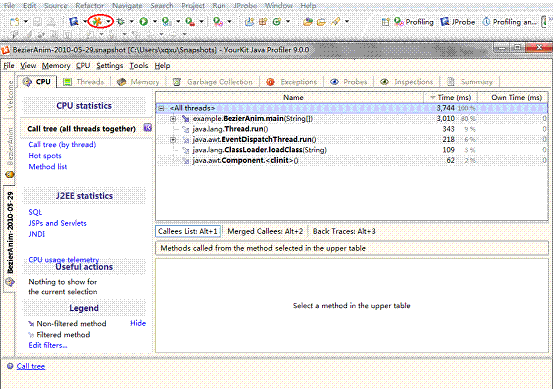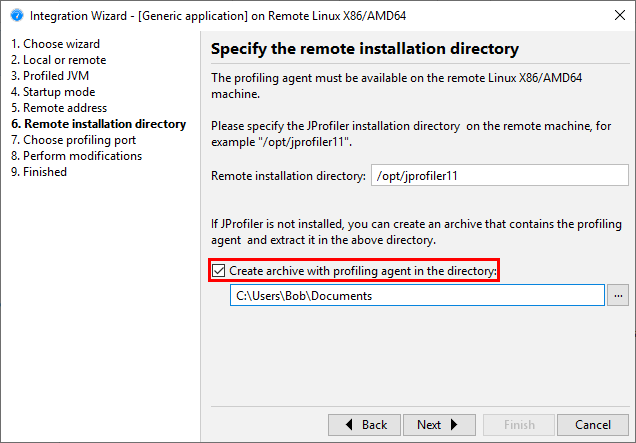

It repeatedly tries to create a path in the file system (we use createDirectories() from NIO2 for that). Let’s say we have the following application. In the example below, we’ll see how we can benefit from profiling even when dealing with very simple apps.
Install jprofiler how to#
Many people believe that they don’t need to learn how to profile as long as they don’t write high-load applications. You can attach either of them to a Java process and view the profiling report directly from IntelliJ IDEA.

Java Flight Recorder – the standard profiling tool shipped as part of the JDK.

IntelliJ IDEA provides integration with the following profilers: However, it can collect valuable information no other tool can, which is why in this post we are going to take a look at the capabilities of profilers. It does not interfere with the running program, nor does it provide granular data like the debugger does. The profiler, on the other hand, offers a bird’s-eye view of arbitrarily large execution chunks.
Install jprofiler full#
The debugger is very precise and gives you full and granular control over the execution of the program, which allows you to reproduce intricate failure conditions. Two particularly helpful tools for examining the program at runtime are the debugger and profilers. Verifying any guesses you have can prove to be a tough task without the right tools at hand. Of course, you cannot learn about all the bugs and inefficiencies by just looking at the code, because things get more complicated at runtime. Some of these details can be provided at design time, as IntelliJ IDEA provides you with all sorts of clues that can be produced statically. Other times, you just want to know how code behaves at runtime, determine where the hot spots are, or figure out how a framework operates under the hood. Sometimes your app works, but you want to increase performance by boosting its throughput or reducing latency.


 0 kommentar(er)
0 kommentar(er)
